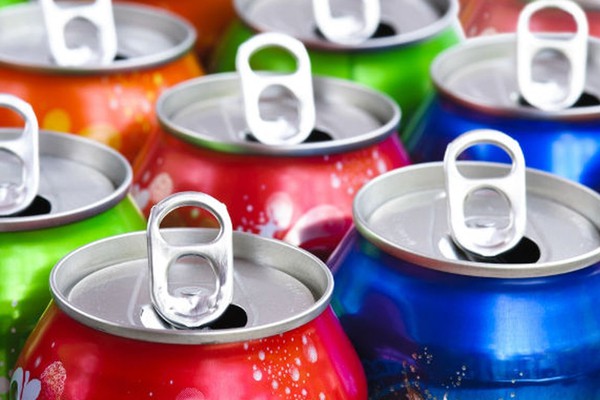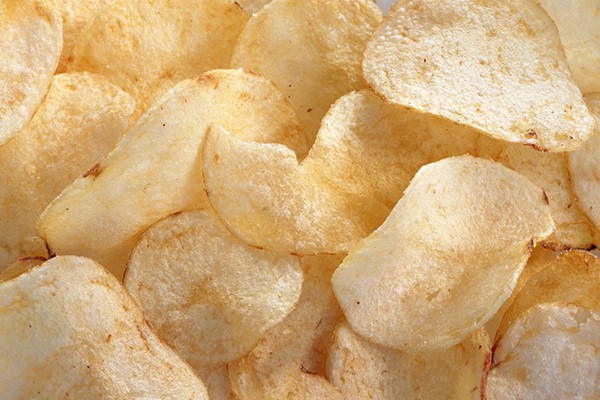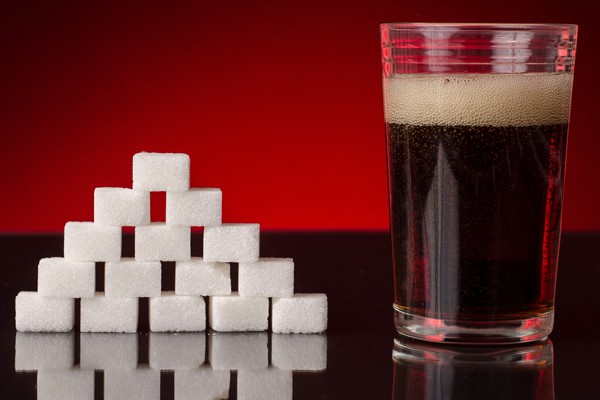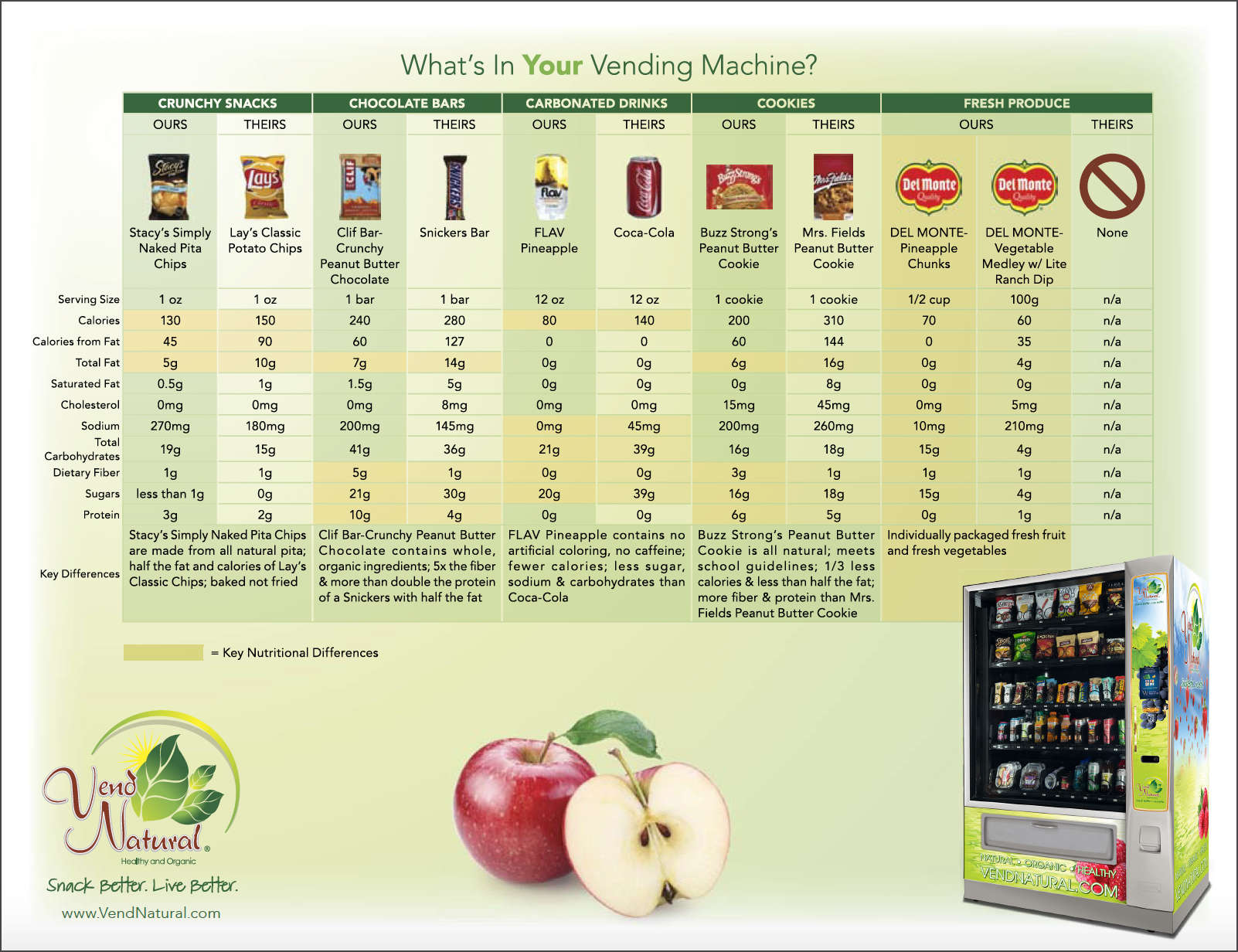WHY HEALTHY VENDING?

An Obesity Epidemic
In the last decade, Americans have faced the harsh reality that the rate of early-onset diabetes, childhood obesity, and the cost of health care related to the obesity epidemic is steadily on the rise. Today, 8% of Americans suffer from diabetes and that rate continues to climb. Public interest groups, school systems, and the government have all stepped in to declare the ever-present convenience of junk food as a leading cause contributing to these health problems. Many businesses and schools have started healthy initiatives to increase wellness and benefit the community as a whole, by providing access to fresh, healthy foods. The growing demand for convenient access to health foods has led to an explosion in the health food market, and has dictated a revolution in vending machine design resulting in today’s state-of-the-art machines offering fresh, natural and organic snacks and beverages.
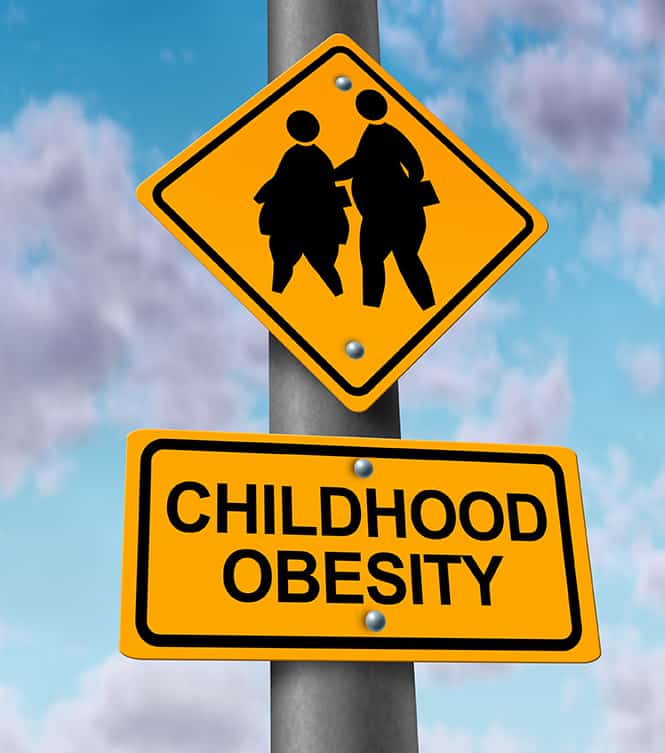
America’s BIG Problem:
The Facts on Obesity
- 1/3 of children in America are either overweight or obese
- 19.6% of kids ages 6 to 11 are unhealthy (compared to 6.5% in 1980)
- Obesity in children can lead to diabetes, stroke, cancer, and more
- Today’s children are the first generation to have shorter life spans than their parents due to poor health
- Adult obesity rates have continued to rise with 38 states now with obesity rates of more than 25%
- Washington, DC has an adult obesity rate of 21.7%; Maryland has 27.1% and Virginia 25.9%. Fifteen years ago, Washington, DC had an adult obesity rate of 12.8%, Maryland’s rate was 15%, and Virginia’s was 14.2%.
How Does Traditional Vending Contribute to Obesity and Poor Health?
- The vending business is a $25+ billion business annually.
- There are an estimated 5 million vending machines in the US.
- Nearly 1.5 million are located in schools across the country.
- Every 15 minutes, over 3.5 million coins are inserted in vending machines located in the US alone. That translates into12.5 million coins every hour.
- People buy billions of sodas and snacks and confections each year.
- One can of soda has no nutritional value and has 10 teaspoons of sugar, 150 calories, 30 to 55 mg of caffeine, and is loaded with artificial food colors and sulphites.
- More than $13 billion in sodas are sold each year in vending machines, which equates to more than 7 billion sodas sold each year.
- Young males age 12-29 drink the most soda at 160 gallons per year – that’s almost 2 quarts per day. Calories from soft drinks contribute as much as 10 percent of the total daily caloric intake for a growing boy.
- Even moderate soda consumption can contribute to obesity, diabetes and other blood sugar disorders, tooth decay, osteoporosis and bone fractures, nutritional deficiencies, heart disease, food addictions and eating disorders, neurotransmitter dysfunction from chemical sweeteners, and neurological and adrenal disorders from excessive caffeine.
-
What 1 can of soda can do to your body in 1 hour:
The time is now to usher in for a new, healthier way of snacking. Contact us today to learn more.
